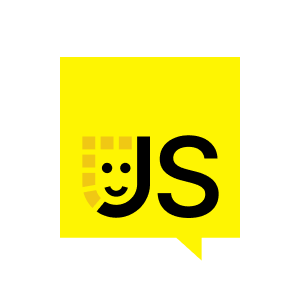FAQ
React has transformed the industry by providing a robust framework that has evolved to include server capabilities, improving performance, code reuse, and SEO, which were not as accessible in other frameworks.
Key developments included the introduction of Hooks and Suspense, which improved ergonomics and paved the way for streaming and progressive hydration. Additionally, server-rendered Next.js and the Remix framework made server-side rendering more accessible.
React server components are a new feature that allows server-side rendering to be more efficient, solving challenges like bundling and component data fetching waterfalls. They represent a new architecture that can enhance performance and scalability.
Using React server components can increase complexity by multiplying server challenges throughout an application. They also demand both micro and macro changes to the codebase, including file organization and compliance with new rules.
TanStack has contributed by developing tools like TanStack Router and TanStack Start, which improve routing, state management, and server-side capabilities in React applications, aiming to meet developers' needs both in client-side and server-side environments.
TanStack plans to support React server components broadly, waiting for upstream stability, especially in tools like Vite, to make server components widely accessible across different projects and frameworks.
TanStack Router provides advanced features like 100% type safety, state management for URLs, fine-grained subscriptions, and efficient route handling, making it a powerful tool for both single-page and server-rendered applications.
The speaker believes SPAs are critical and here to stay, highlighting their importance in various applications and the efforts to build tools that enhance the SPA development experience.
The speaker focused on the transformative impact of React, the evolution of server-side rendering, the introduction of React server components, and the development of tools like TanStack Router and TanStack Start to enhance both client-side and server-side React applications.
The current state of bundler support, particularly with Vite not yet supporting server components, presents a challenge in making React server components broadly accessible and usable across different environments.






















Comments